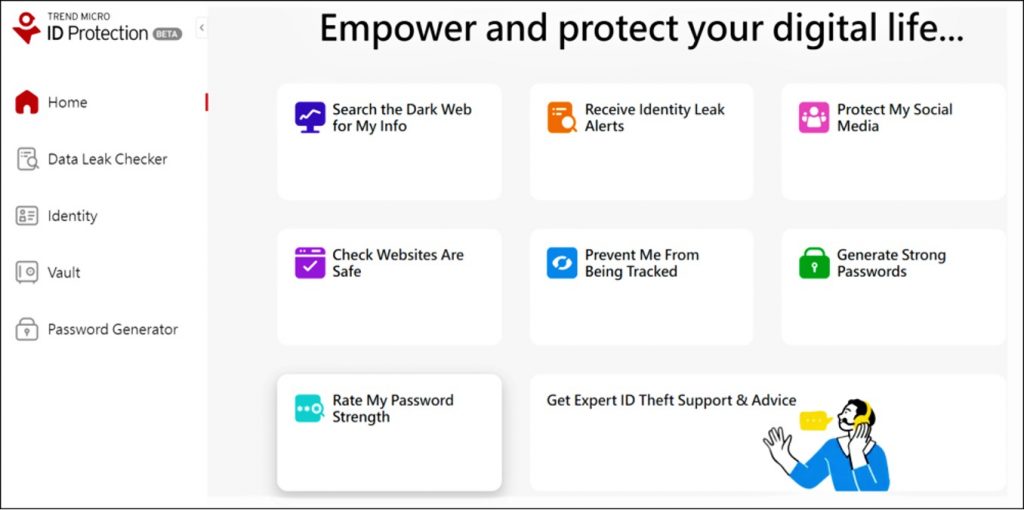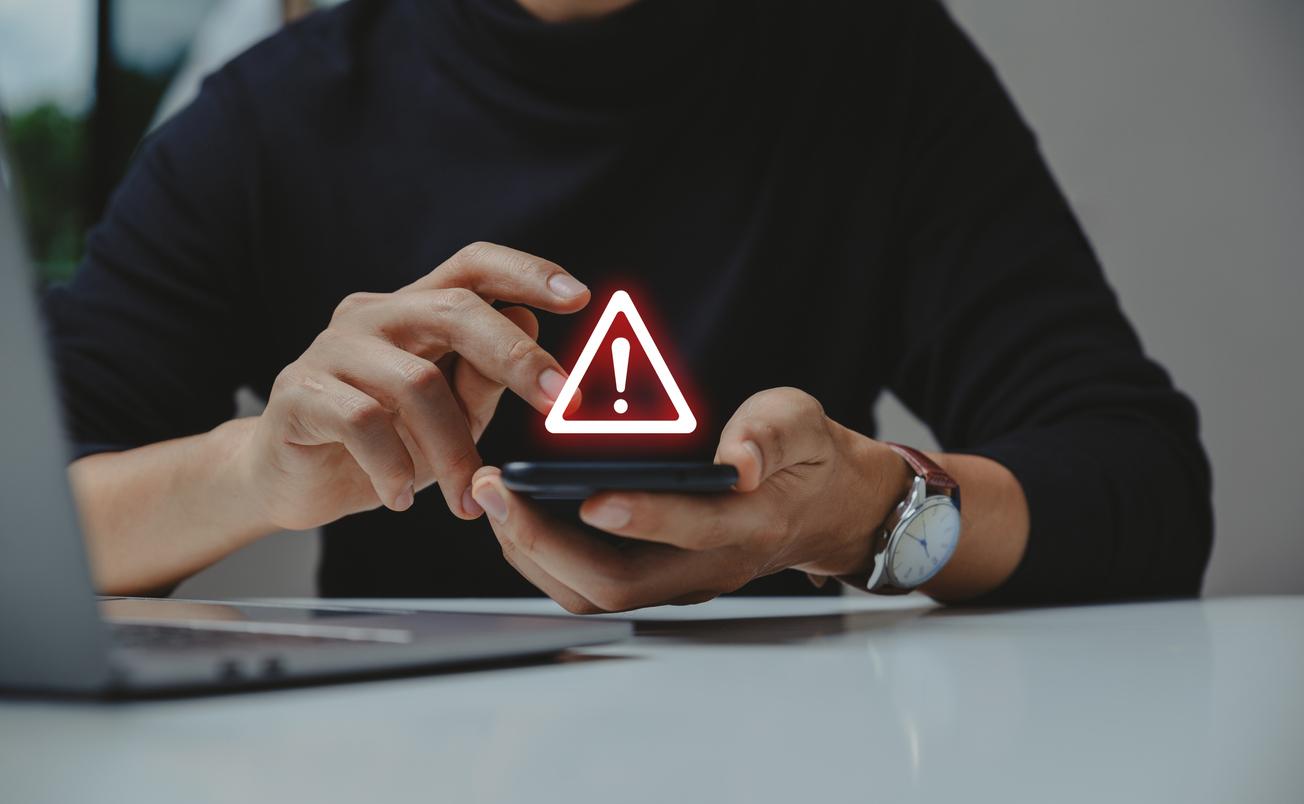Unfortunately, data breaches have become an inevitable part of life. In 2022, around 1,802 instances of data breaches were recorded in the United States alone. These breaches affected around 422 million people. The number of compromised login credentials has now escalated into the billions, highlighting the urgency to prioritize online security. It is a must to fully understand the consequences of data compromise and the necessary actions to take if you have fallen victim to a breach — or rather, if you’ve been “pwned.”
What does “pwned” mean?
“Pwned” originated from a misspelling of “owned” in the online game Warcraft, where it meant being defeated or humiliated. Over time, it became used to describe the unauthorized access or compromise of digital assets. So, if your email address or password has been “pwned,” it means it’s been exposed in a data breach and your account security has been compromised.

How can I check if my email or password has been pwned?
To check if your email address or password has been leaked in any data breaches, you can use either of these websites:
- Trend Micro ID Protection: Check to see if your data (email address, phone number, password, and social media accounts) has been exposed in a leak.
- “Have I Been Pwned” website: Simply enter your email address or phone number to learn if either has been compromised.
Both these sites will provide information on the specific breaches involved if your data has been pwned.

What should I do if I have been pwned?
- Change your passwords immediately for all accounts associated with the compromised data and any that use the same password.
- Create strong, unique passwords with a combination of upper and lowercase letters, numbers, and special characters. Check out Password Generator, which can recommend hard-to-crack passwords.
- Be cautious of phishing attempts via email and text. Make sure to verify the authenticity of requests before sharing sensitive information.
How can I protect myself from being pwned?
Being “pwned” is a serious concern with far-reaching implications for your digital life, so safeguard your information by following these guidelines:
- Keep software and devices updated.
- Be cautious with suspicious emails containing unexpected attachments or links.
- Enable two-factor authentication on your online accounts to add an extra layer of security.
- Use Trend Micro ID Security to scan the dark web 24/7 for any mention of your personal data (Social Security number, passport number, driver’s license number, and more). Click the button below for a 30-day free trial.
- Be sure to check out ID Protection (which is free!). You can see if your data has been exposed in a data breach, monitor your social media accounts for suspicious activity, and generate strong passwords.
If you’ve found this article an interesting and/or helpful read, please SHARE it with friends and family to help keep the online community secure and protected. Also, please consider leaving a comment or LIKE below.
